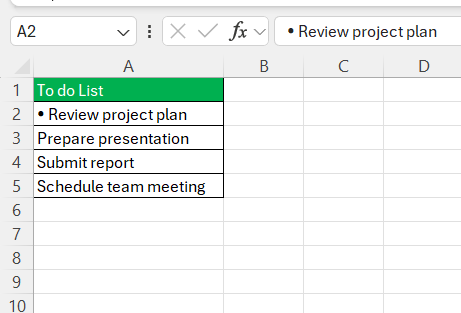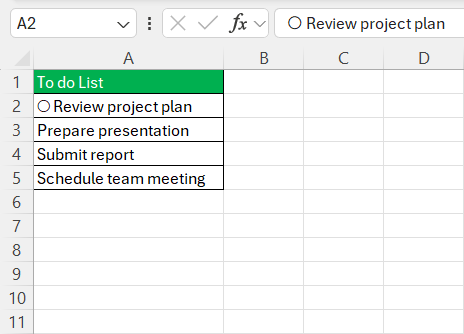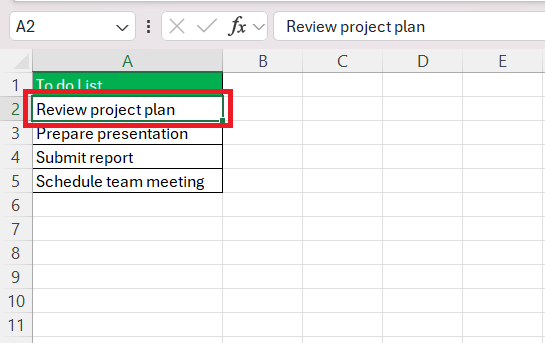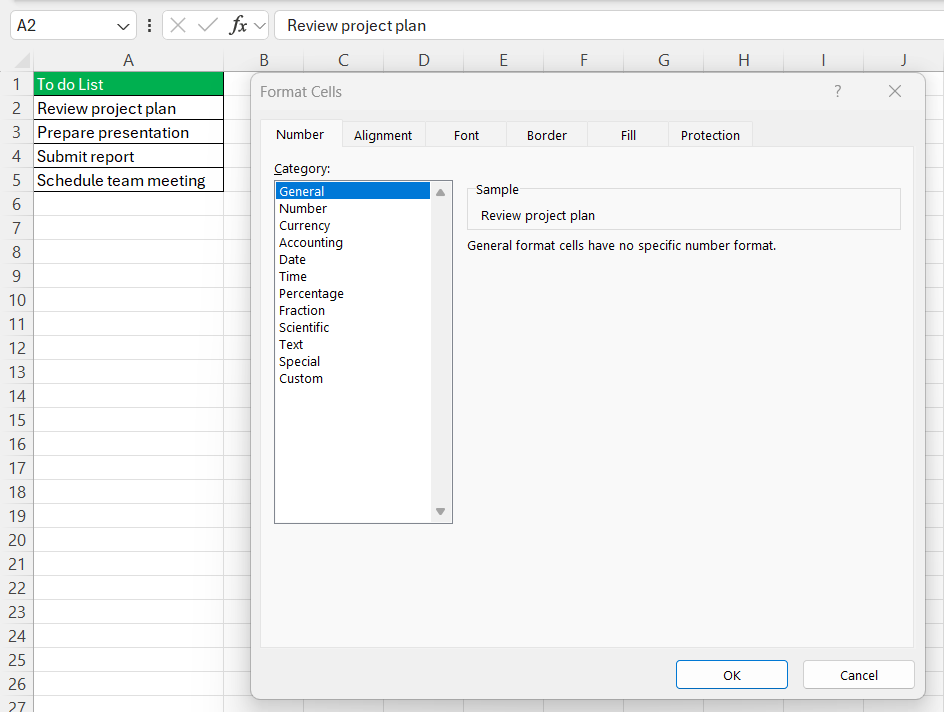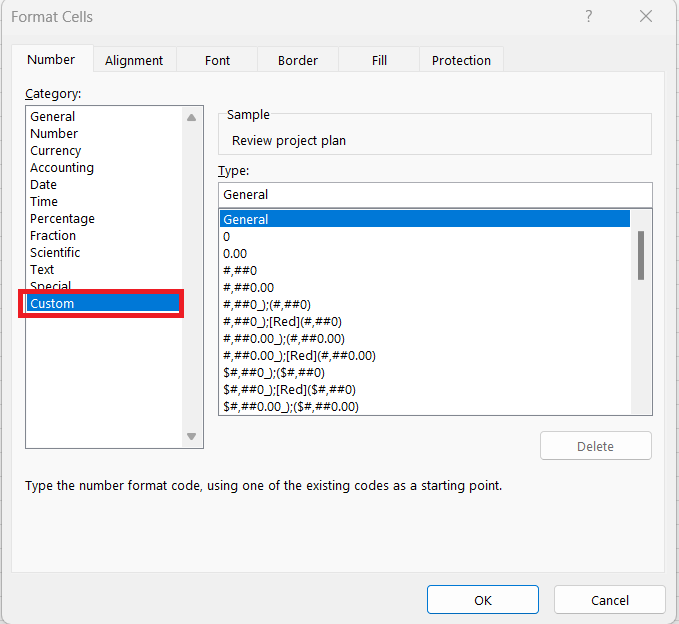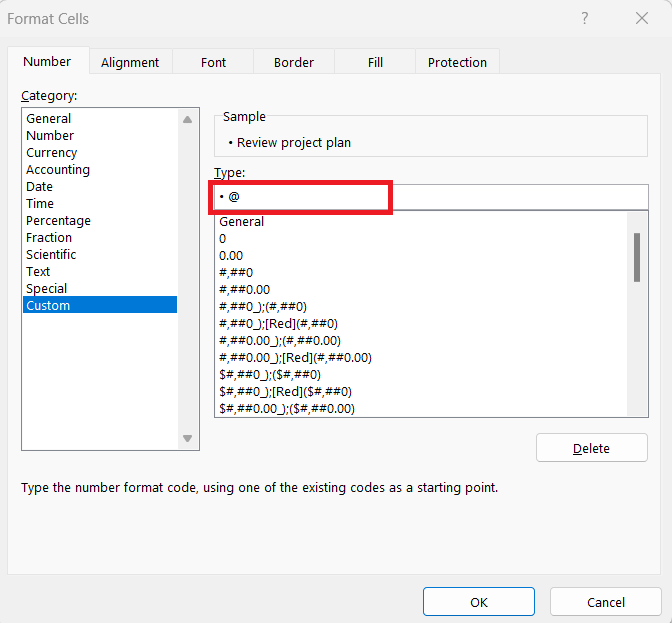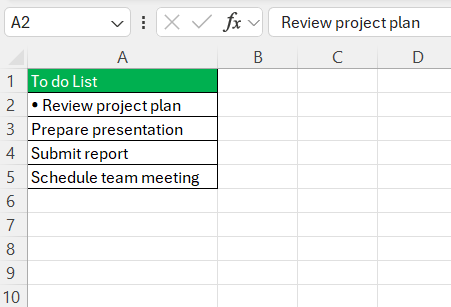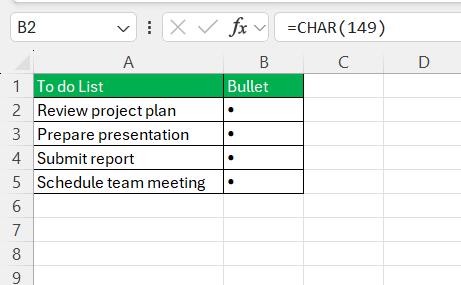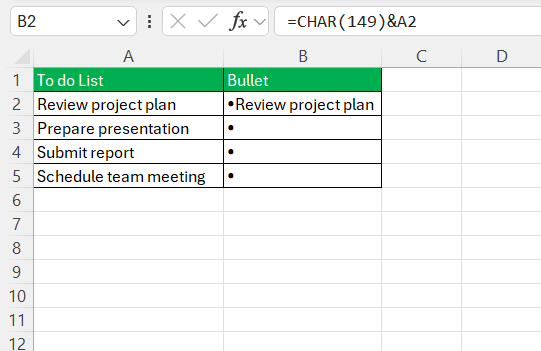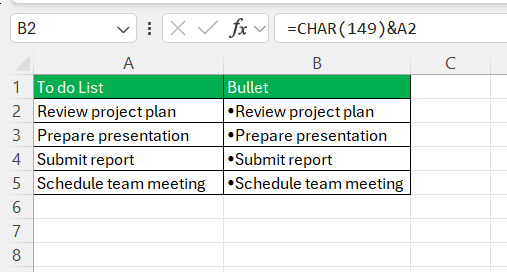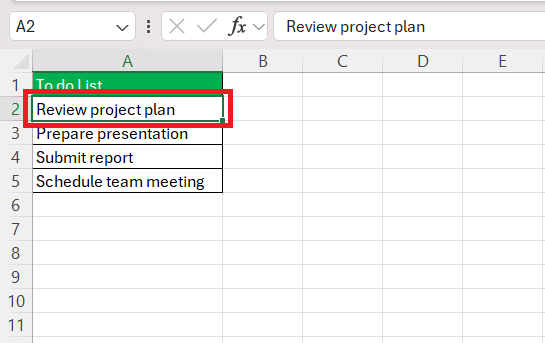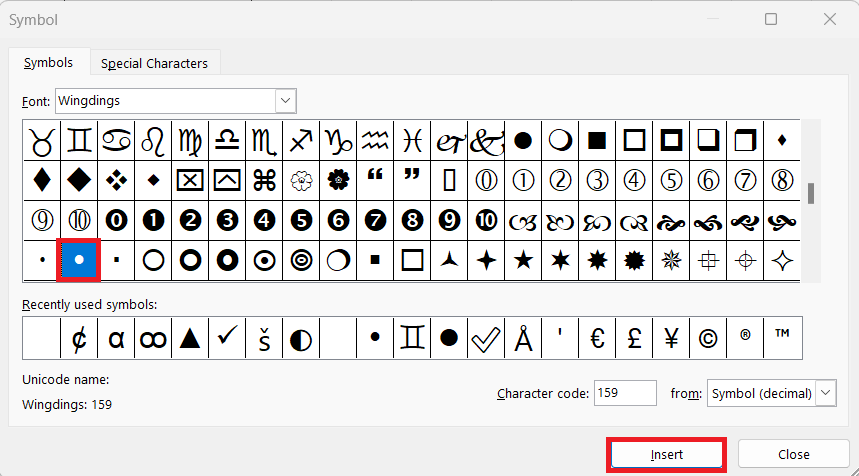When I first started working with documents and presentations, I found that inserting bullet points could really help organize information and make it more digestible. In this article, I’ll walk you through the simple steps to insert bullet points in your documents, ensuring your content is clear and visually appealing.
Key Takeaways:
- Excel’s Bullet Point Myth: Excel can effectively display bullet points, challenging the common belief that it’s only for numbers.
- Why Use Bullets: Bullet points enhance readability, highlight key findings, and organize complex data sets, making information clearer and more digestible.
- Efficient Shortcuts: Quick keyboard shortcuts like Alt + Numpad 7 and 9 streamline adding bullet points, saving time and improving data presentation.
- Custom Formatting: By customizing number formats, you can automatically add bullets to cells, creating a cohesive and personalized look for your lists.
- CHAR Function: The CHAR function allows for unique bullet styles, offering flexibility and creativity in how you present bulleted lists in Excel.
Table of Contents
Unlocking Excel Bullet Points: A Quick Introduction
The Basics of Bullet Points in Excel
In the digital realm of spreadsheets, the narrative that Excel can’t accommodate bullet points is a myth that I’m here to dispel. Excel may be renowned for crunching numbers, but it’s also robust in displaying textual data.
Utilizing bullet points in Excel might be unconventional, but it’s surprisingly simple and incredibly effective for enhancing readability and structuring information. They help in creating lists, emphasizing key points, and making instructions crystal clear.
Why You Might Need Bullets in Spreadsheets
Bullet points offer a visual queue in spreadsheets, transforming blocks of text into organized and digestible points. When handling complex data sets, bullets can:
- Highlight key findings or critical tasks within a project plan
- Make lists of assumptions or inputs more noticeable in financial models
- Provide clarity in outlining steps in a process or instructions for spreadsheet users
- Enhance the presentation of a list within a cell, breaking monotony and aiding focus
- Serve as a convenient way to organize product features, agendas, and meeting notes within individual cells
Bullet points also encourage brevity and compel us to present thoughts concisely. While Excel is typically seen as a numbers-centric tool, incorporating bullets can amplify its textual capabilities, enabling a smoother flow of information for those who rely on it for data storytelling.
Mastering Shortcuts to Efficiency
Add Bullet Points with Keyboard Shortcuts
Adding bullet points quickly in Excel is a hidden gem of efficiency that’s as simple as a flick of a few keys. If your keyboard has a number pad, here’s the trick:
- For a filled round bullet, I press Alt + Numpad 7.
- For a hollow round bullet, I tap Alt + Numpad 9.
These shortcuts save us from the tedious journey through various menus. Plus, they are perfect for rapidly bulleted lists. Whether summarizing project tasks or itemizing data points, these keyboard shortcuts become second nature with a little practice, making data presentation in Excel more dynamic and reader-friendly.
Diving Deep: Excel’s Custom Formatting
Crafting Custom Bullet Lists with Number Formatting
Crafting custom bullet lists with number formatting in Excel allows for a cohesive look and a personalized touch. By setting up a custom number format, we enable any cell to automatically include a bullet point when text is entered. Here’s how I do it:
STEP 1: I select the cells where I want the bullets to appear.
STEP 2: Then, I press Ctrl + 1 to bring up the Format Cells dialog box.
STEP 3: Next, I navigate to the Number tab and select Custom.
STEP 4: In the Type box, I insert a bullet point, add a space for separation, and type “@” to represent text.
My selected cells are primed to start with bullet points before any text I type.
This custom formatting option is especially useful when I’m working with lengthy lists or when I need to apply the same bullet style frequently across different worksheets.
Utilizing CHAR Functions for Unique Bullets
Sometimes, the classic bullet point just doesn’t capture the nuanced distinction I’m looking to make in Excel. This is where the CHAR function becomes a secret weapon for creating unique bullets. It’s as straightforward as using simple formulas.
Here’s the technique:
STEP 1: To begin, I enter =CHAR(149) into a cell to get a standard bullet point.
STEP 2: To pair this with text from another cell, I concatenate: =CHAR(149) & " " & A2, assuming A2 contains the milestone or item I wish to list.
STEP 3: By copying this formula down the column, I quickly generate a bulleted list next to my original items.
This CHAR function method provides us with an a la carte menu of bullet styles to choose from, each with its unique code, empowering our Excel documents with both functionality and style.
Exploring Alternative Methods
Symbol Insertion for Bullet Mastery
Discovering the wealth of options within Excel’s Symbol insertion feature was a game-changer for my bullet point use. When I don’t have a numeric keypad or need a specific bullet style, I go through this process:
STEP 1: First, I select the cell where I desire the bullet point.
STEP 2: Then, I navigate to Insert > Symbol, which brings up a treasure trove of symbols.
STEP 3: I often choose the Wingdings or Webdings font for a variety of bullet styles. Once I find the bullet symbol that fits my needs, I click ‘Insert’ and ‘Close’.
This method elegantly circumvents the limited bullet options found in other Excel features and broadens the horizon for data decoration. Plus, the freedom to choose from various fonts instills creativity and differentiation in spreadsheets.
FAQs: Insert Bullet Points Quickly
How do I add bullet points?
To add bullet points in Excel, use keyboard shortcuts like Alt + 7, copy and paste from another program, insert symbols via Insert > Symbol, or use the CHAR function with =CHAR(149). These methods help organize text efficiently.
How to make a list inside a cell in Excel?
To make a list inside a single cell in Excel, type your first item, then press Alt + Enter to create a new line within the same cell. Repeat this for each item on your list. Add bullet points by pressing Alt + 7 before each item if desired, to neatly format your in-cell list.
Can I Create a Default Bullet Point Style in Excel?
Yes, you can create a default bullet point style in Excel using a custom number format. Select the cells you want to format. Open the Format Cells dialog with Ctrl + 1. Go to the Number tab, select Custom, and enter your bullet symbol followed by a space and “@” in the Type field. This will apply the bullet style to any text in the formatted cells.
How do I add bullet points to an Excel chart?
Adding bullet points to an Excel chart usually involves the axis labels or titles. You cannot directly insert a bullet point, but you can create bullet points in a cell using the methods mentioned before and then link those cells to your chart axis labels or title for the same effect. This offers an organized, polished look to your charts.
How Do I Align My Text and Bullets Neatly in Excel Cells?
To align text and bullets in Excel, first highlight your list. Then, go to the Home tab and select your desired alignment. Use the Increase/Decrease Indent buttons to adjust the spacing as needed.
John Michaloudis is a former accountant and finance analyst at General Electric, a Microsoft MVP since 2020, an Amazon #1 bestselling author of 4 Microsoft Excel books and teacher of Microsoft Excel & Office over at his flagship MyExcelOnline Academy Online Course.

